Physics
Fox
Summary
- This is an optional page listing a history of important breakthroughs in physics, as well as some of the inventions these have lead to.
- Many of the ideas below won't make sense yet! You might like to come back here once you have read some of the other chapters.
- or, you know, you could always avoid this page completely. it's up to you. it's fine, honestly. feel free to ignore it I don't mind at all. not one bit. I mean even if I DID put a lot of effort in.. but that's FINE I'll get over it eventually
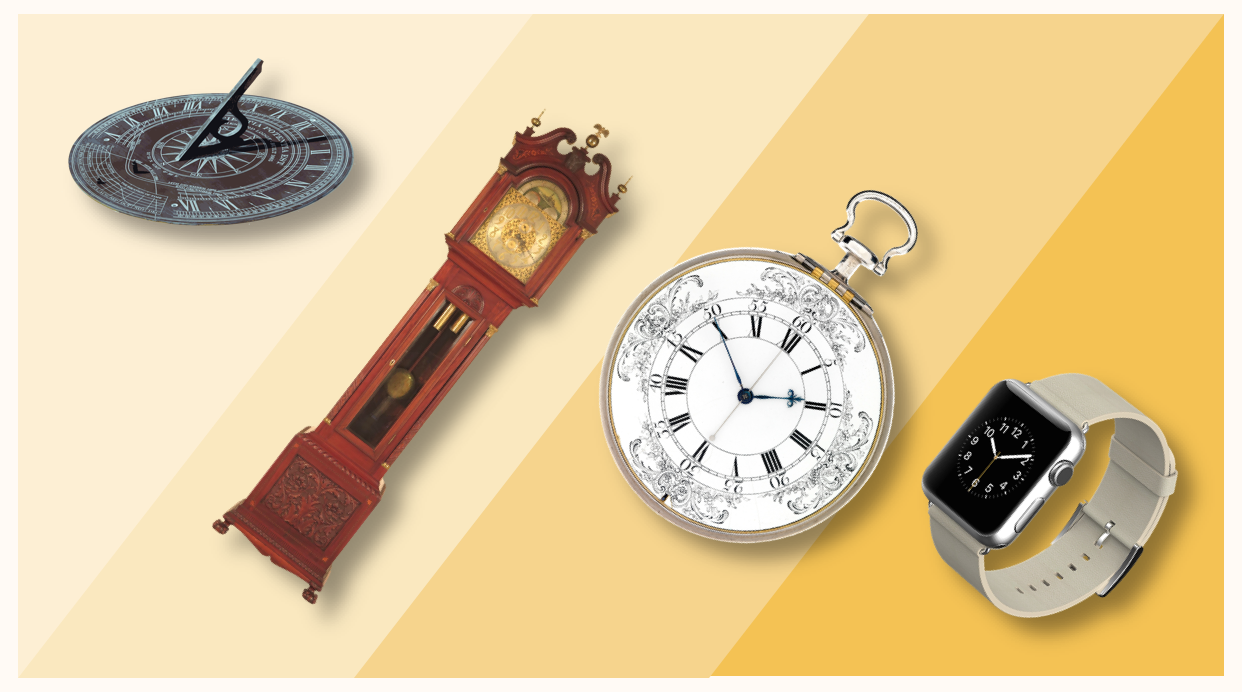
You may ask yourself
Well... how did I get here?
Physics has taken ages to understand. Literally.
On this page we'll find out how our understanding of nature has changed over time: from the classical era to the modern day.
- Pre-antiquity: People around the world observe the night sky. It is found that some stars don't appear to move with all the others — these are known as the planets.
- 776 BCE: The first recorded Ancient Olympic Games take place.
- ~500 BCE: In Ancient Greece, it is (already) widely believed that the Earth is round.
- ~500 BCE: Magnetism is discovered in magnetite rock (also known as lodestone).
- ~400 BCE: Existence of atoms (a smallest unit of matter) is hypothesised.
- ~350 BCE: Aristotle attempts to explain nature: The Earth is at the centre of the universe, and the planets and stars are embedded within spheres that orbit the Earth. The Earth is made of four elements: fire, water, earth and air. Aristotle's ideas are widely believed in Europe for the next 2000 years.
- ~300 BCE: Euclid's creates The Elements, a book of rigorous mathematical proofs. It ultimately becomes the most influential textbook of all time.
- ~250 BCE: The size of the Earth is accurately calculated by Eratosthenes, via a clever use of shadows.
- ~250 BCE: Aristarchus of Samos suggests that the planets orbit the Sun (not the Earth). However, Aristotle's beliefs live on.
- ~250 BCE: Archimedes discovers the law of buoyancy, and finds a neat way to measure the volume of irregular objects.
- ~200 BCE: Paper is invented in China.
- ~150 BCE: Hipparchus precisely maps the motions of the stars and planets. This was done so accurately that he could predict the days on which solar eclipses will occur. (A solar eclipse is when the moon completely obscures the sun.)
- 51 BCE: Cleopatra becomes pharaoh of Egypt.
- 45 BCE: Julius Caesar is assassinated, the Roman Empire begins.
- ~150 CE: Ptolemy publishes his influential book on astronomy, The Almagest. Like Aristotle, Ptolemy believes the Earth to be at the centre of the Solar System.
- 395 CE: The Roman Empire begins to fall.
- 476 CE: The Roman Empire ends.
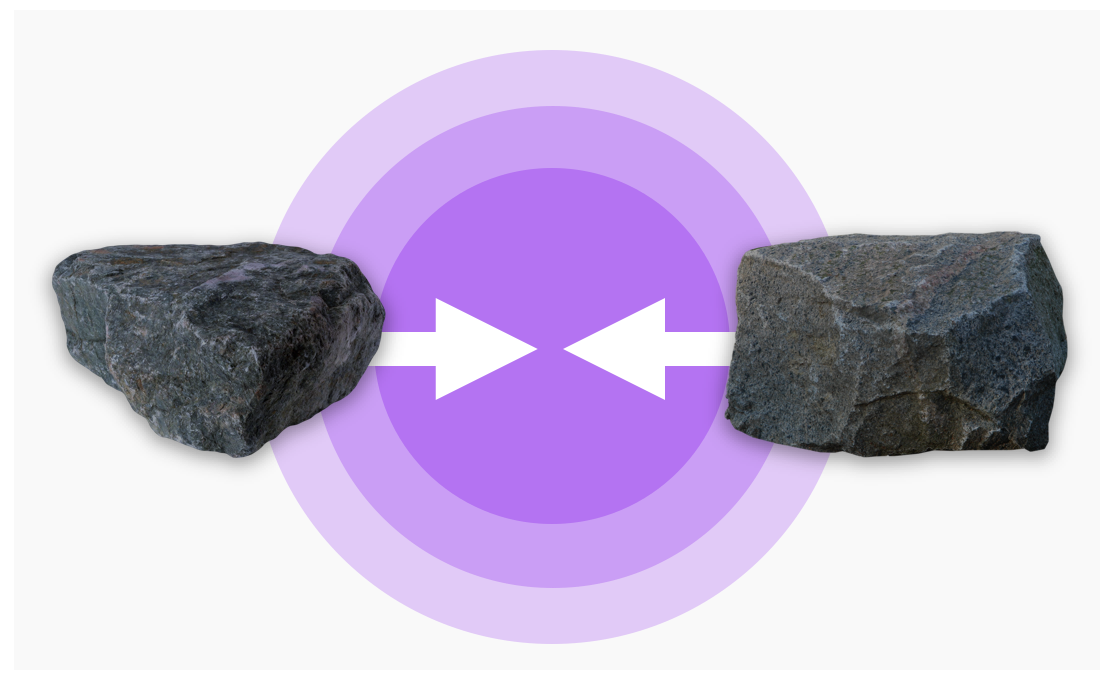
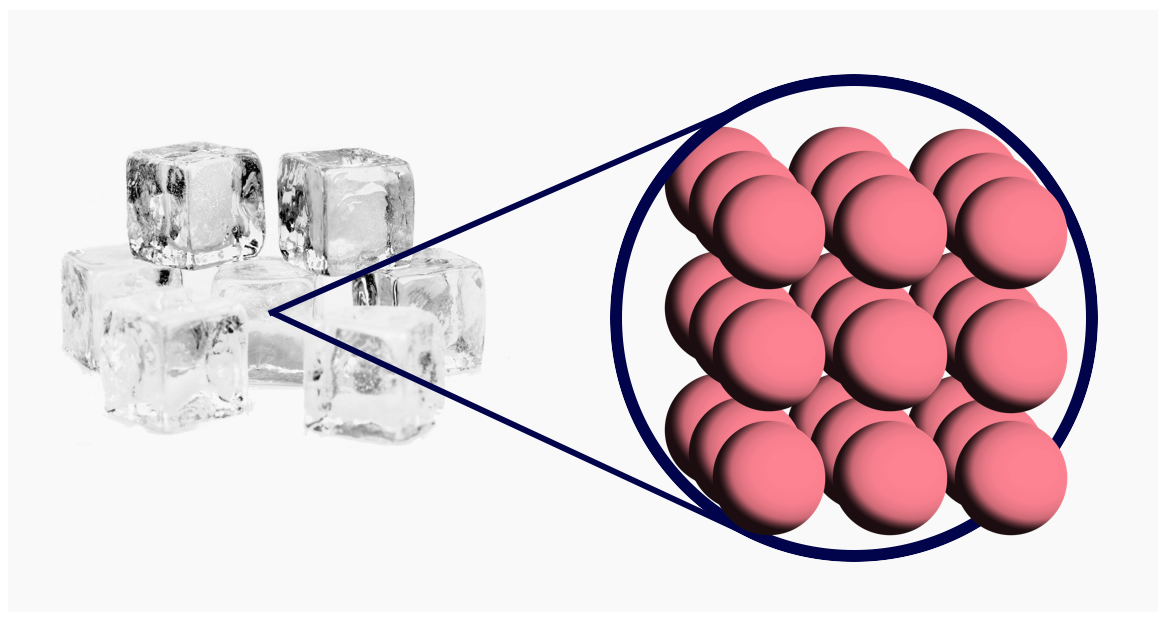
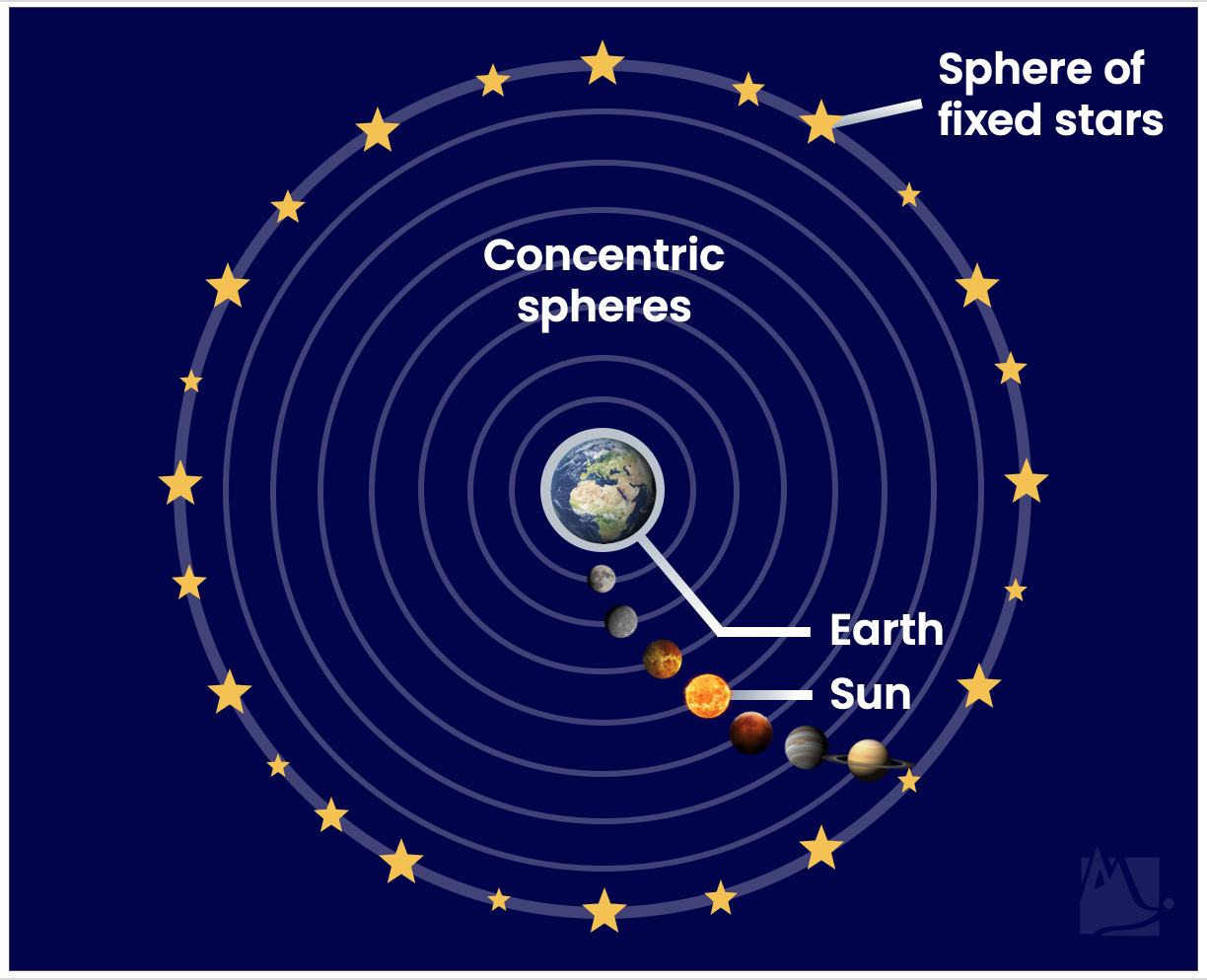

- 800s: Gunpowder is invented in China.
- 1021: Ibn al-Haytham describes light as a substance that goes into the eye. (unlike the prevailing idea from Ptolemy: that light comes out of the eye).
- 1066: 1066 happens.
- 1088: Shen Kuo invents the camera obscura.
- 1200s: Compasses are first used for navigation.
- 1206: Genghis Khan establishes the Mongol Empire.
- ~1290: Eyeglasses are first invented in Italy.
- 1337: The Hundred Years' War begins.
- 1453: The Hundred Years' War ends (16 years too late).
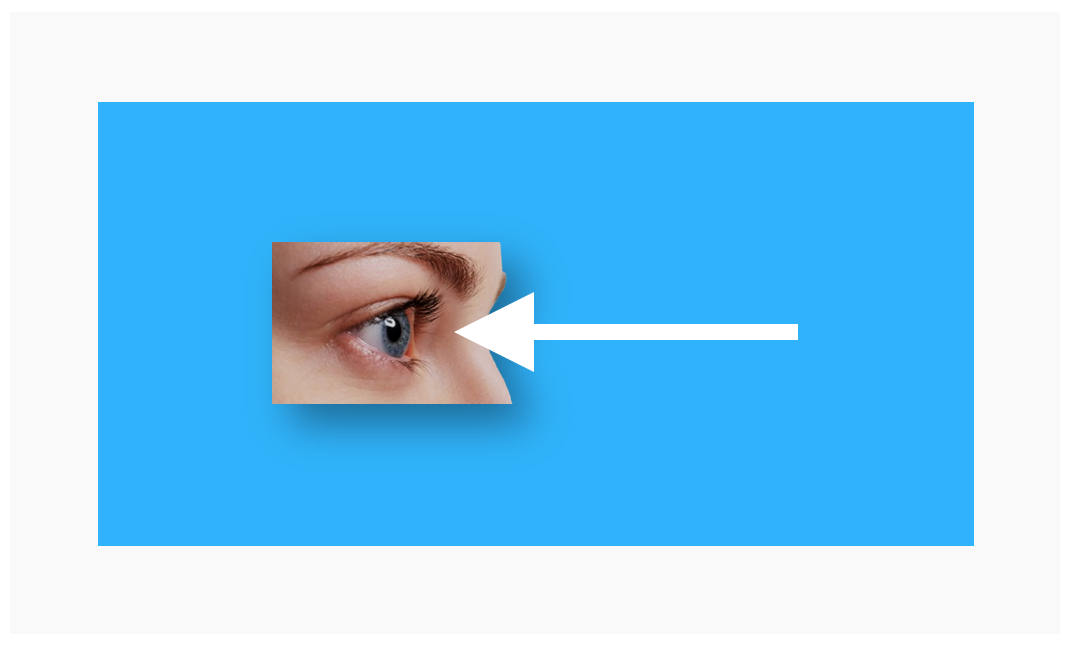
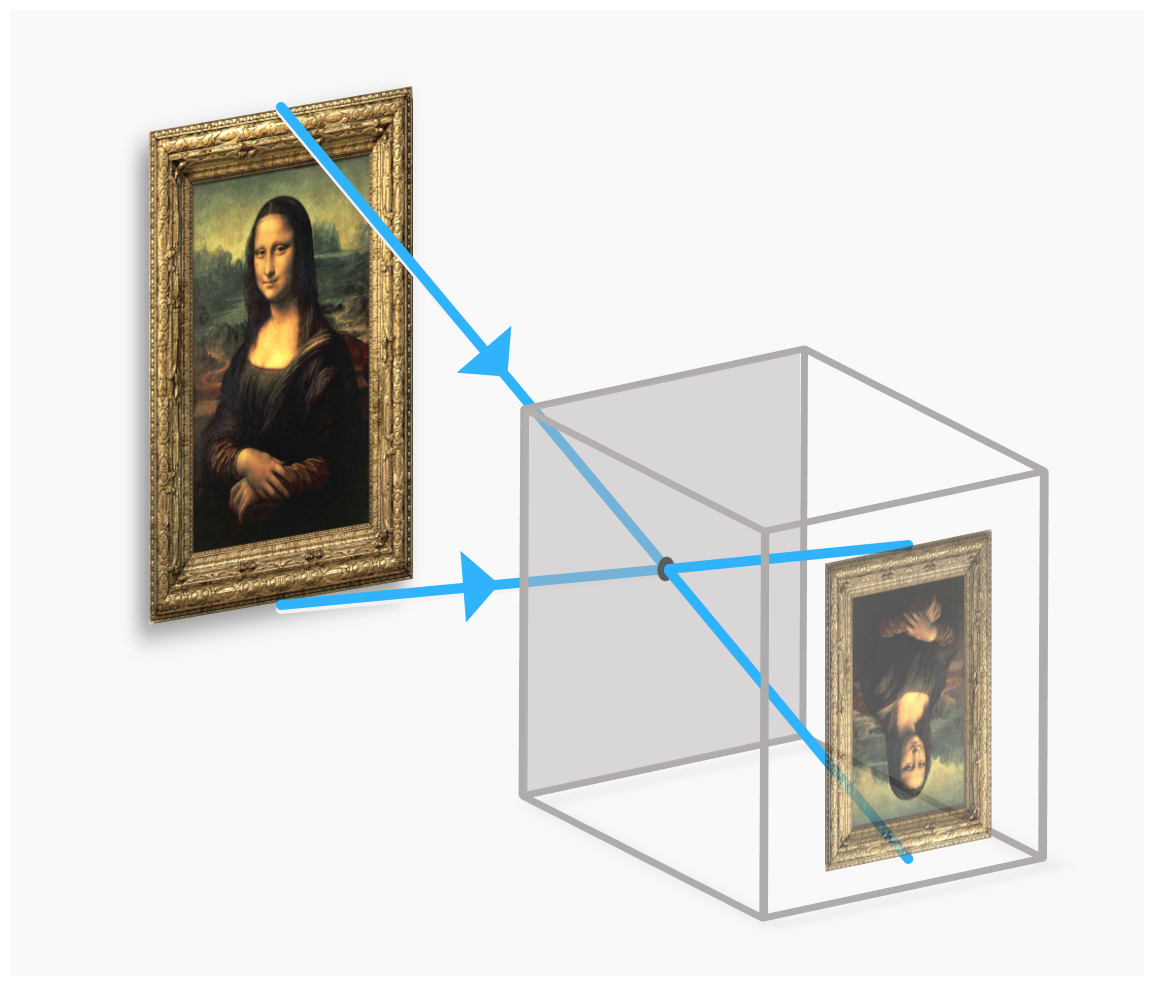

- 1501-1504: Michelangelo creates David, the most chiselled man of All Time.
- 1503-1506: Leonardo da Vinci paints the Mona Lisa.
- 1509: Henry VIII becomes King of England.
- 1514-1543: Nicholas Copernicus provides strong arguments that the Sun is at the centre of the Solar system, and that the planets orbit around it in circles (this is known as the heliocentric model of the solar system).
- 1589: Galileo Galilei demonstrates that dropped objects will fall at the same rate, regardless of their weight.
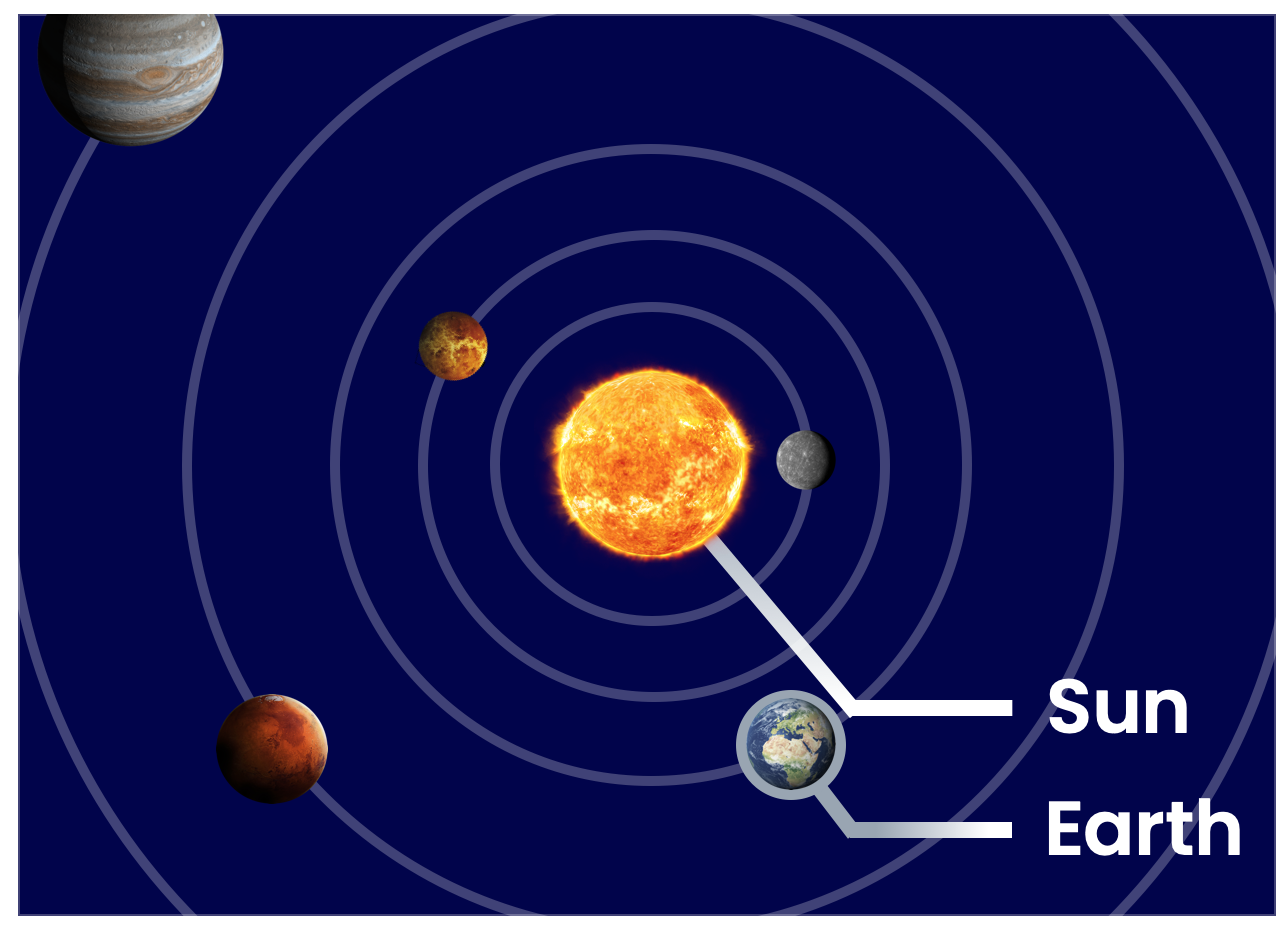
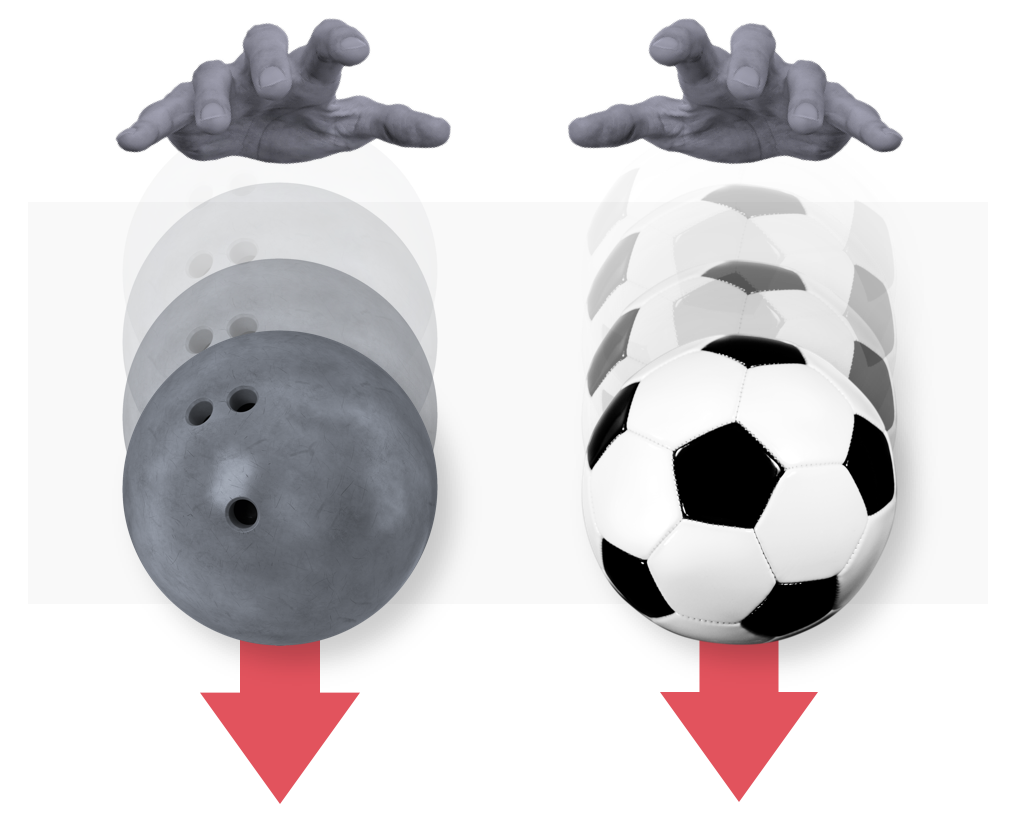
- 1607: William Shakespeare's Hamlet is first performed.
- 1609, 1619: Johannes Kepler improves Copernicus' theory of the Solar System with his 3 laws of planetary motion (including that planets move in ellipses, not circles).
- 1610: With a telescope he created, Galileo discovers that Jupiter has moons of its own, providing more evidence that not everything revolves around the Earth. (Galileo was later arrested by the Catholic Church for this finding, and his belief in the heliocentric model.)
- 1613: Galileo describes the concept of inertia: all objects continue to move at a constant speed in the same direction, unless they are disturbed. (‘Inertia’ is the latin word for laziness.)
- 1620: The first pilgrims travel to America.
- 1621: Willebrord Snellius discovers a law that describes how light bends when moving between different transparent materials (Snell's law of refraction).
- 1660: Blaise Pascal discovers a law that relates the pressure in a liquid to the depth of the liquid (Pascal's law).
- 1660: Robert Hooke discovers a law that relates the force on a spring to how far it is pulled or pushed (Hooke's law).
- 1665: The Great Plague of London happens.
- 1666: The Great Fire of London happens.
- 1666: Newton splits white light into a spectrum of colours with a prism.
- 1676: Rømer finds the speed of light by measuring the times at which Jupiter's moon Io goes in and out of Jupiter's shadow. The is the first time it is known that light has a non-infinite speed.
- 1678: Christiaan Huygens theorises that light is a wave, in order to explain why light changes direction when travelling through materials or small gaps (refraction and diffraction).
- 1680s: Newton and Leibniz independently discover calculus.
- 1687: Newton describes forces and motion with 3 laws (Newton's Laws of Motion).
- 1687: Newton finds an equation that accurately describes gravity. Newton's sees gravity as a force that attracts all objects to each other. Newton's theory can also derive Kepler's 3 laws of planetary motion.
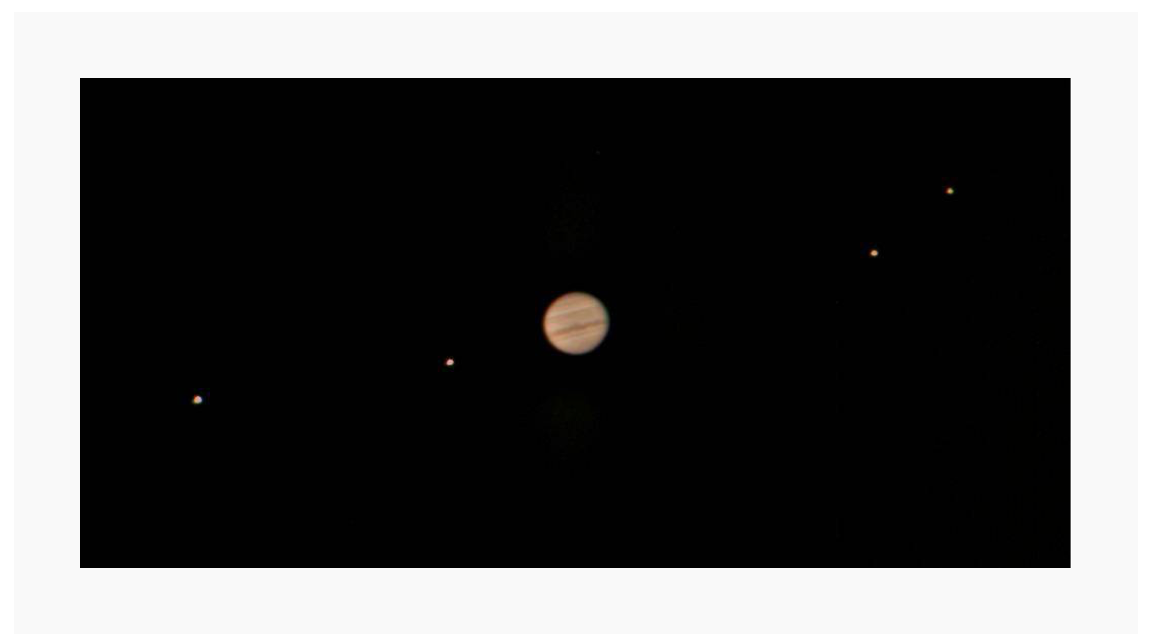
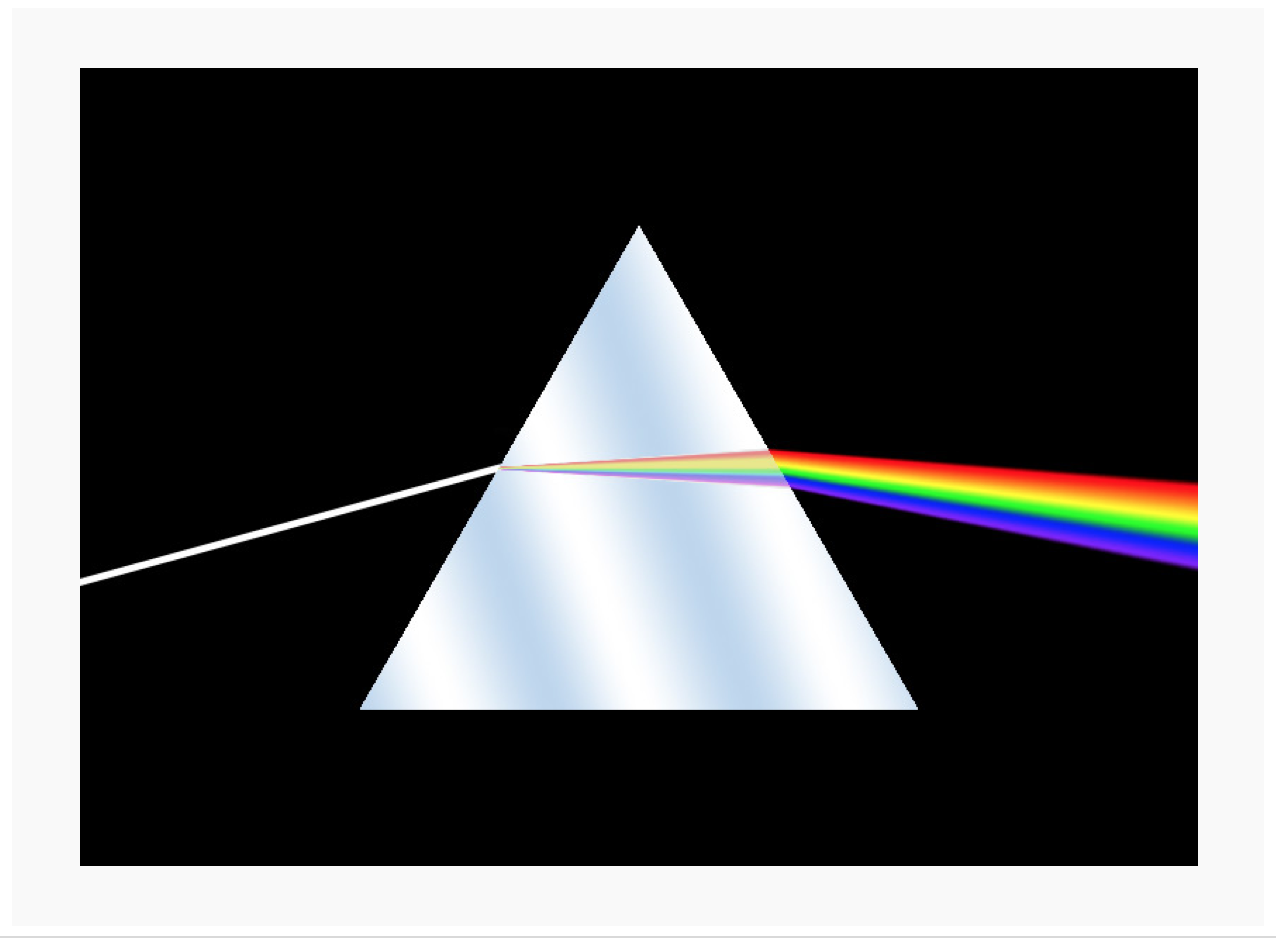

- 1712: Thomas Newcomen invents the first (piston) steam engine.
- 1726-1783: Euler invents/discovers an outrageous amount of maths, much of which is (or later becomes) relevant to physics.
- 1744: The stationary-action principle offers a new perspective on motion: Objects only travel paths that minimise (or make stationary) a quantity called action.
- 1760: The First Industrial Revolution begins.
- 1776: James Watt greatly improves Newcomen's steam engine by using a separate condenser (providing the same amount of power with half the amount of coal.)
- 1782: Antoine Lavoisier proposes that mass is conserved.
- 1785: Charles-Augustin de Coulomb describes the electrostatic force between charges (Coulomb's Law).
- 1789: The French Revolution begins.


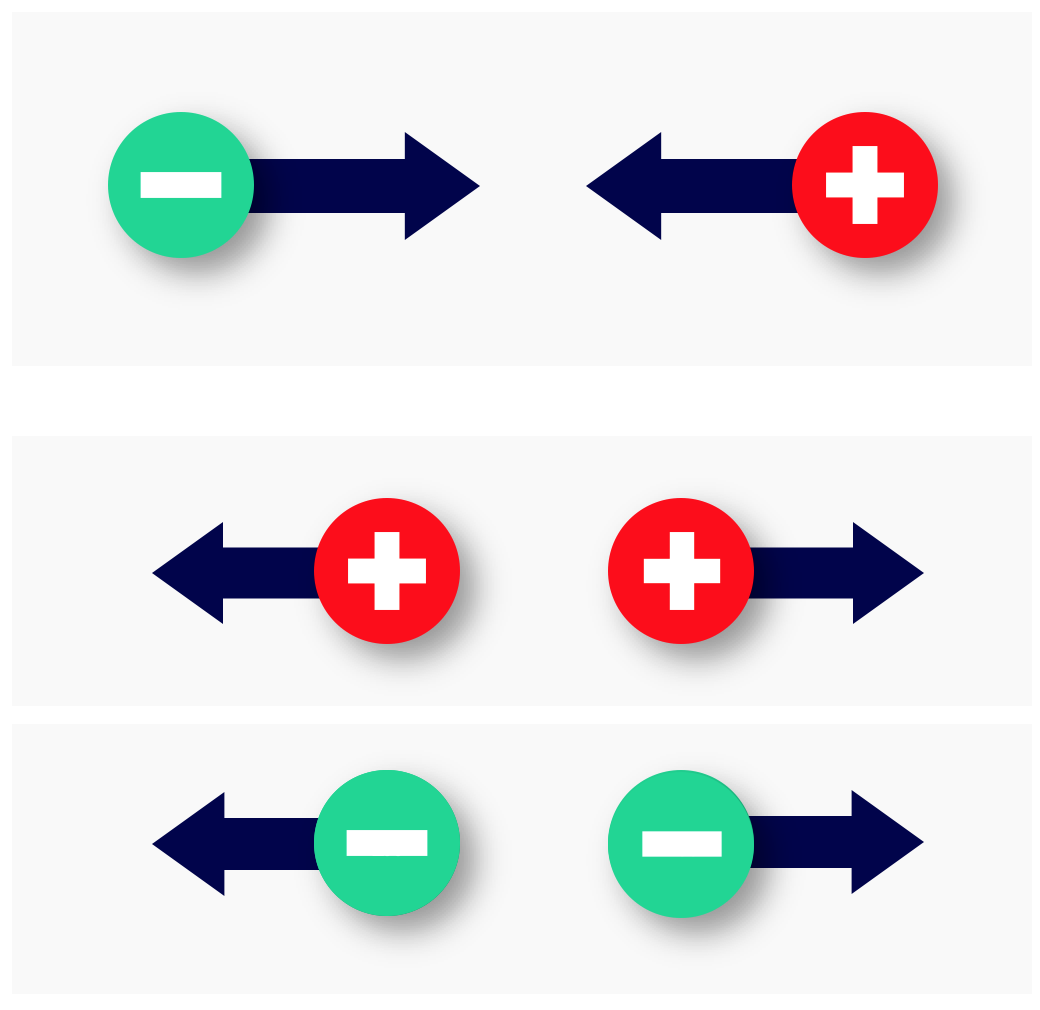
- 1800: Alessandro Volta invents the electric battery.
- 1803: The Napoleonic Wars begin.
- 1803: Thomas Young demonstrates that light is a wave (by showing how it interferes with itself when travelling through two slits).
- 1808: Beethoven's Fifth Symphony is performed for the first time.
- 1815: The Napoleonic Wars end.
- 1820: Ampère, Biot and Savart find that electricity and magnets affect each other.
- 1824: Carnot proposes the ideal thermodynamic cycle (Carnot cycle).
- 1831: Michael Faraday discovers that a changing magnetic field in a wire will induce an electrical current through the wire (Faraday's law of induction).
- 1838: Queen Victoria is coronated.
- 1843: Kelvin and Mayer propose the law of Conservation of Energy (aka. the First Law of Thermodynamics): total energy in = total energy out.
- 1851: Kelvin and Clausius propose the Second Law of Thermodynamics — the entropy (aka. disorder) of closed system will never decrease.
- 1859: Maxwell and Clausius propose the Kinetic theory of gases.
- 1861-1864: James Clerk Maxwell elegantly combines electricity, magnetism and optics into one theory: electromagnetism.
- 1865: Assassination of Abraham Lincoln.
- 1870: The Second Industrial Revolution begins.
- 1877: Thomas Edison invents the phonograph, the first device that can record and play back sound.
- 1879: Thomas Edison and Joseph Swan invent the first commercially-viable light bulbs.
- 1887: The Michelson-Morley experiment shows that the speed of light is the same to everyone, regardless of what speed they are moving.
- 1887: Heinrich Hertz discovers electromagnetic waves.
- 1887: Carl Benz produces the first commercially-available car.
- 1896: Marie Curie and Henry Becquerel discover radioactivity.
- 1897: J.J. Thomson discovers the electron.

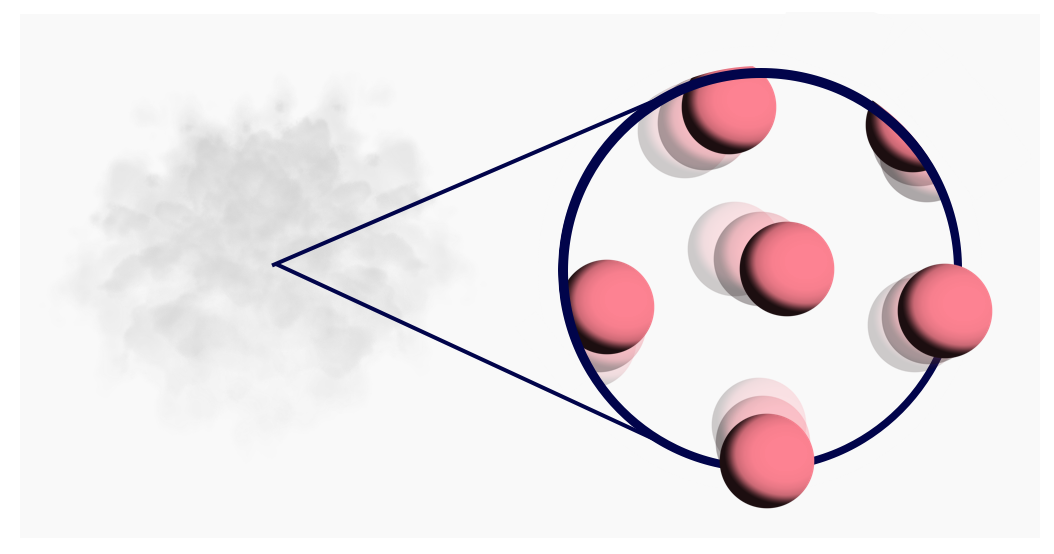
- 1900: Max Planck begins quantum physics by explaining light emission spectra via the quantisation of energy.
- 1905: Albert Einstein conclusively demonstrates the existence of atoms (via Brownian motion) and that light is a particle (photoelectric effect). Einstein also shows that time and space are relative (special relativity), and that all mass has energy (E=mc2).
- 1911: Ernest Rutherford discovers the atomic nucleus (Rutherford model of the atom).
- 1911: Kamerlingh Onnes discovers superconductivity.
- 1913: Niels Bohr proposes that electrons only orbit the nucleus at discrete energy levels (Bohr model of the atom). This theory accurately explains the absorption lines in Hydrogen.
- 1914: The First World War begins.
- 1915: Einstein improves Newton's theory of gravity, by describing it as the bending of spacetime instead of a force (general relativity).
- 1915: Emmy Noether proves that every conservation law (e.g. conservation of energy) must be linked to a symmetry of the universe (e.g. time symmetry).
- 1918: The First World War ends.
- 1923: Edwin Hubble discovers galaxies other than our own.
- 1923: Otto Stern and Walther Gerlach demonstrate that angular momentum is quantised (Stern-Gerlach experiment).
- 1924: Louis de Broglie proposes that all matter has a wave-like behaviour (matter waves).
- 1926: Erwin Schrödinger proposes an equation that quantum-mechanically describes Newton's 2nd Law of Motion (Schrödinger equation).
- 1927: Heisenberg uncertainty principle.
- 1927: Paul Dirac finds an improvement to Schrödinger's equation for spin-1/2 particles, that is also compatible with special relativity (Dirac equation). This equation implies the existence of antimatter, which has yet to be found.
- 1927: Georges Lemaître theorises that the universe began as a single small point, that expanded over time (Big Bang).
- 1927: Paul Dirac begins quantum field theory (QFT) by quantising the electromagnetic field.
- 1928: Sliced bread is invented, to unanimous critical acclaim.
- 1929: Measurements by Hubble confirm the expansion of the universe.
- 1932: Invention of the electric guitar, which uses electromagnetism in order to work.
- 1932: Carl David Anderson discovers antimatter.
- 1932: Enrico Fermi proposes the weak nuclear force as the theory describing radioactive decay of atoms.
- 1932: James Chadwick discovers the neutron.
- 1935: Einstein, Podolsky and Rosen criticise quantum physics as incomplete, as it seems to allow for faster-than-light communication (which other laws of physics disallow). (EPR Paradox).
- 1935: Schrödinger's cat thought experiment is created to show the apparent paradox of quantum superposition on an everyday scale — namely that you could make a cat simultaneously alive and dead.
- 1939: The Second World War begins.
- 1939: The ‘burning’ of stars is discovered to be nuclear fusion.
- 1945: Nuclear fission bombs are dropped on Hiroshima and Nagasaki.
- 1945: The Second World War ends.
- 1947: Bardeen, Brattain, and Shockley invent the transistor out of semiconductors.
- 1948: The laser is invented.
- 1948: Quantum Electrodynamics (QED) is the first successful QFT, describing how the electromagnetic field works quantum-mechanically. QED is the most precisely tested theory of all time.
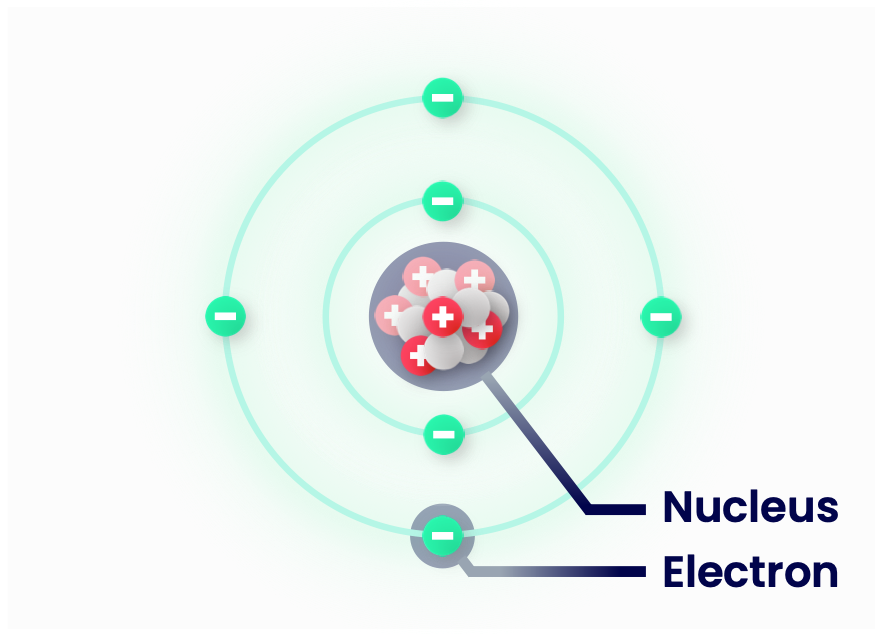
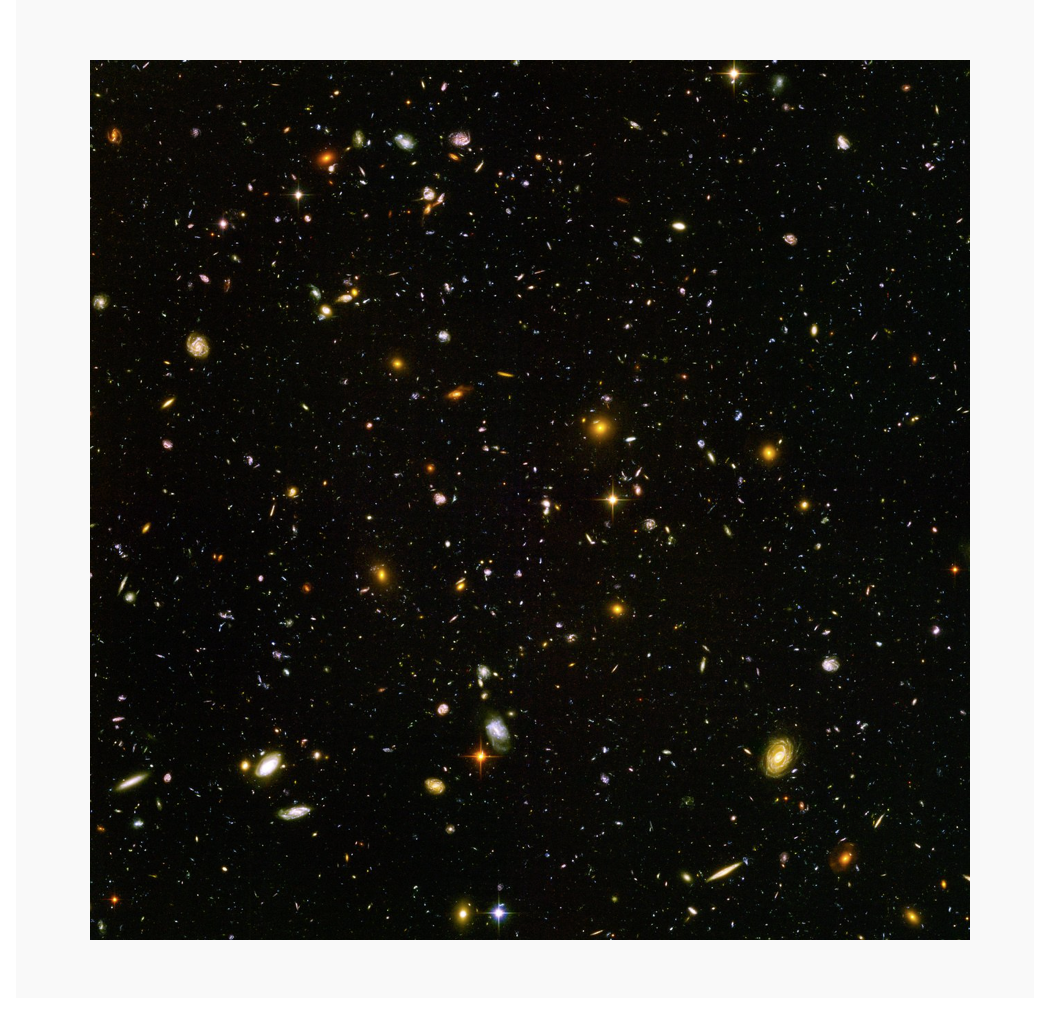
- 1954: J.R.R. Tolkien publishes The Fellowship of the Ring.
- 1957: Chien-Shiung Wu proves that the laws of physics are not symmetrical under a parity transformation (aka. parity is violated).
- 1957: Superconductivity is successfully explained by BCS theory.
- 1958: Jack Kilby and Robert Noyce invent the integrated circuit (aka. the microchip).
- 1960s: Following Wu's experiment, the electroweak force is proposed, which combines electromagnetism and the weak nuclear force.
- 1964: John Stewart Bell proposes an experiment that would prove EPR wrong (Bell's theorem).
- 1968: Vera Rubin proposes the existence of dark matter to explain why galaxies rotate faster than expected.
- 1968: The Beatles release The White Album, the most album of All Time.
- 1969: The first moon landing happens.
- 1970s: Quantum Chromodynamics (QCD) is another QFT, describing the strong nuclear force (what keeps protons and neutrons together in the nucleus).
- 1984: Super Mario Brothers is released.
- 1989: The Berlin Wall falls.
- 1989: Physicist Tim Berners-Lee invents the World Wide Web at Cern.
- 1993: Global Positioning System (GPS) is operational for the first time. GPS uses satellites containing atomic clocks to accurately find the position of any GPS receiver on Earth. (NB: Due to General Relativity, time flows slightly faster on the satellites than it does on Earth. This difference needs to be taken into account for GPS to work.)
- 1993: The best film of all time, Wallace and Gromit: The Wrong Trousers, is released.
- 1994: Peter Shor discovers a method for quickly finding the prime factors of any integer by using a quantum computer (Shor's algorithm). This could be used to break many common cryptography schemes around the world.
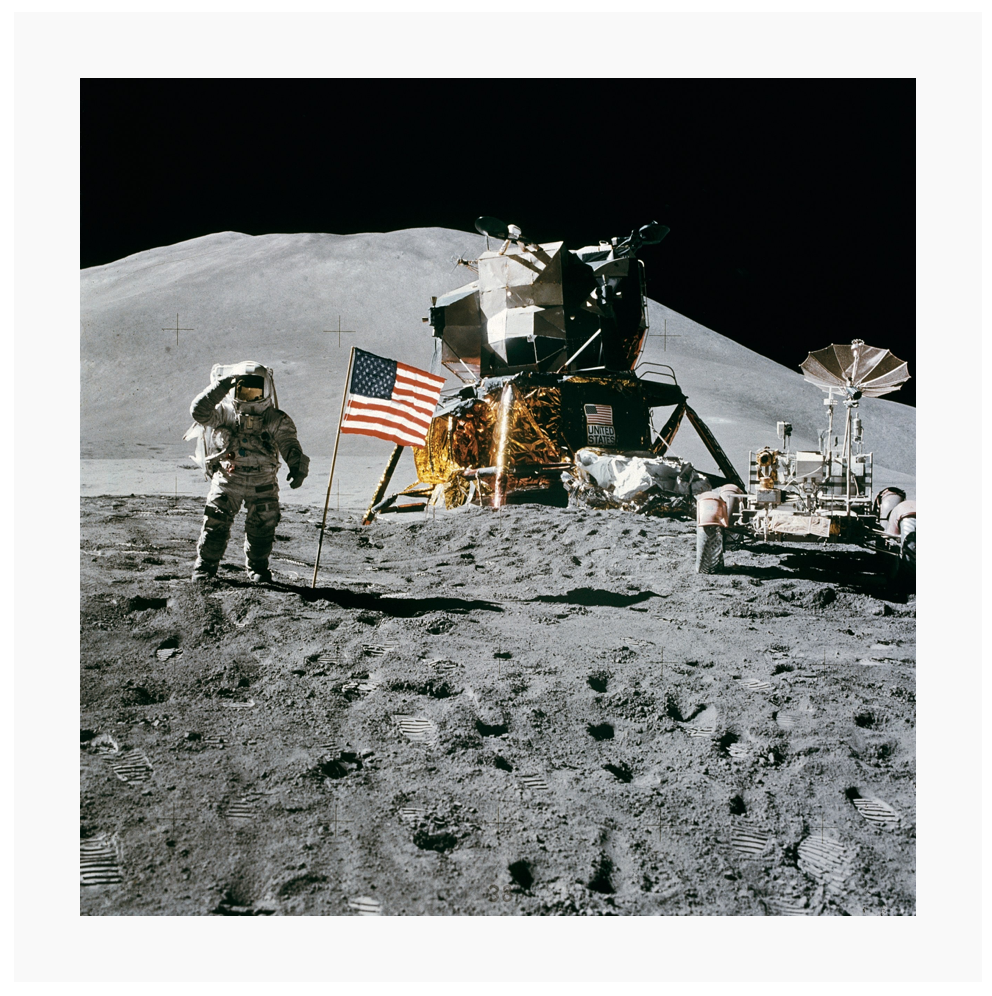
- 2001: The solar neutrino problem is solved through the discovery of neutrino oscillation. This also proves that neutrinos have a non-zero mass.
- 2007: The first iPhone is released.
- 2008: Analysis of stars near the centre of the Milky Way strongly imply the existence of a supermassive black hole at the centre of the galaxy.
- 2011: Scientists working on the OPERA experiment announce they found neutrinos travelling faster than the speed of light.
- 2012: Scientists working on the OPERA experiment announce they didn't find neutrinos travelling faster than the speed of light — it was a mistake due to a badly attached cable. Whoops.
- 2012: The Higgs boson is discovered at Cern, implying the existence of the Higgs field that gives particles mass.
- 2012: The Curiosity rover lands on Mars.
- 2015: Gravitational waves are directly observed by LIGO detectors. The speed of gravitational waves is the same as the speed of light.
- 2017: Club Penguin shuts down
- 2019: The first image of a black hole is created.
- 2020: 😟
- 2022: Physics Fox is released
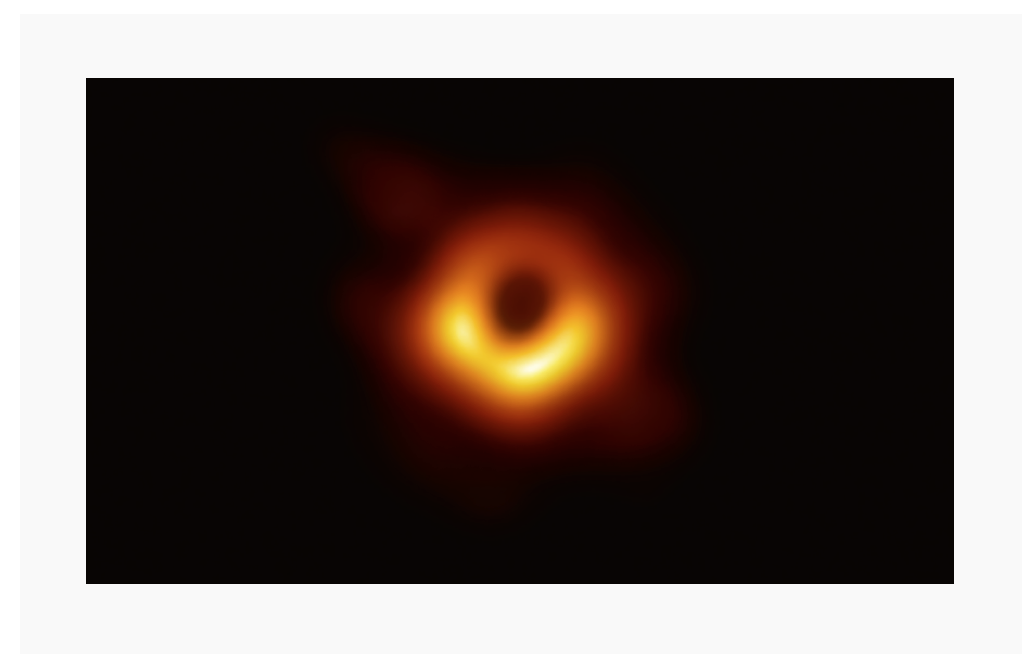
Congratulations!
1 of 1 questions completed
+ ⭐️ collected.
Sign up (for free!) to:
• save your progress 📊
• create constellations✨
• customise your fox! 🦊







